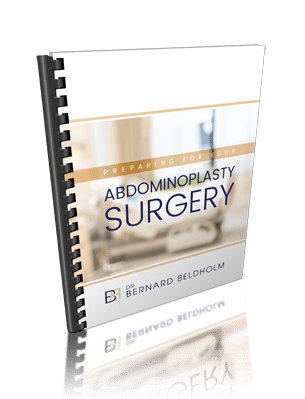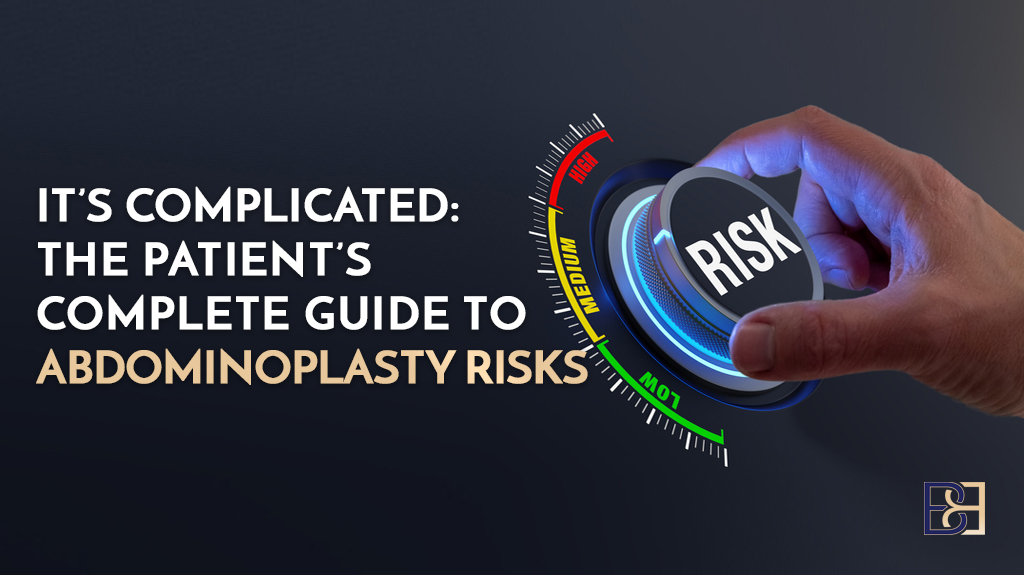Abdominoplasty wounds require proper care for effective healing and reduced complications. Designed to promote the healing of abdominoplasty wounds , I utilise the PICO 7 negative pressure wound system for almost all of my body contouring procedures.
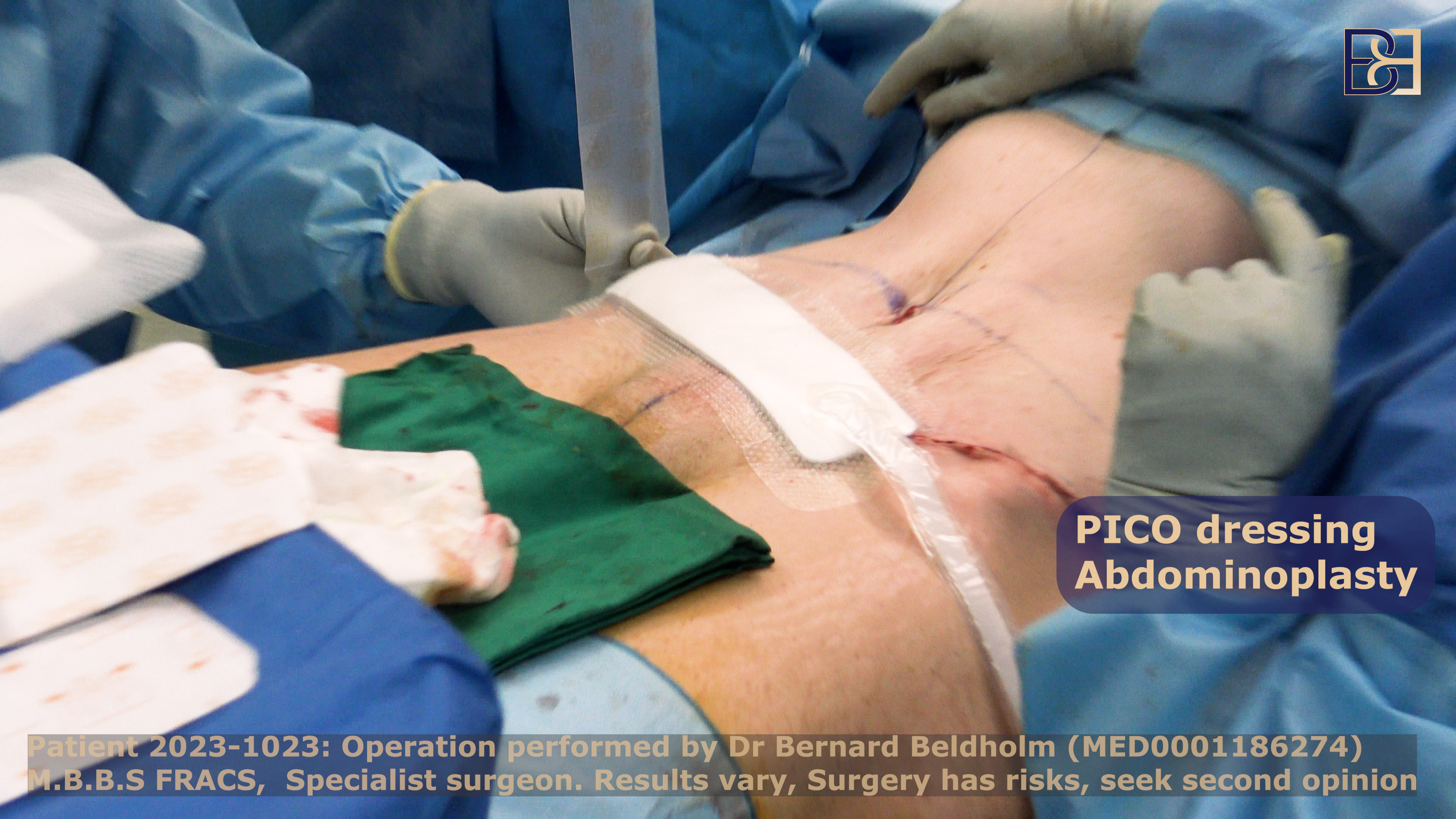
Book your appointment online now
PICO dressings create an ideal healing environment for abdominoplasty incision wounds. Featuring powerful components that work together to promote healing, reduce the chances of developing complications, and prioritise the patient’s well-being, PICO Negative Pressure Therapy works by drawing out excess fluids from the wound while applying pressure, safeguard the affected area from contamination, and foster optimal healing.
Below is everything you need to know about the science behind PICO Negative wound therapy.
PICO Negative Pressure Wound Therapy Explained
PICO Negative Pressure Therapy features two dressing kits and a sterile pump that creates negative pressure on your entire wound surface, promoting healing. The sterile pump generates negative pressure (80mmHg nominal), while the sterile dressing kits keep the wound dry by absorbing any discharge and evaporating it through its outer layer.
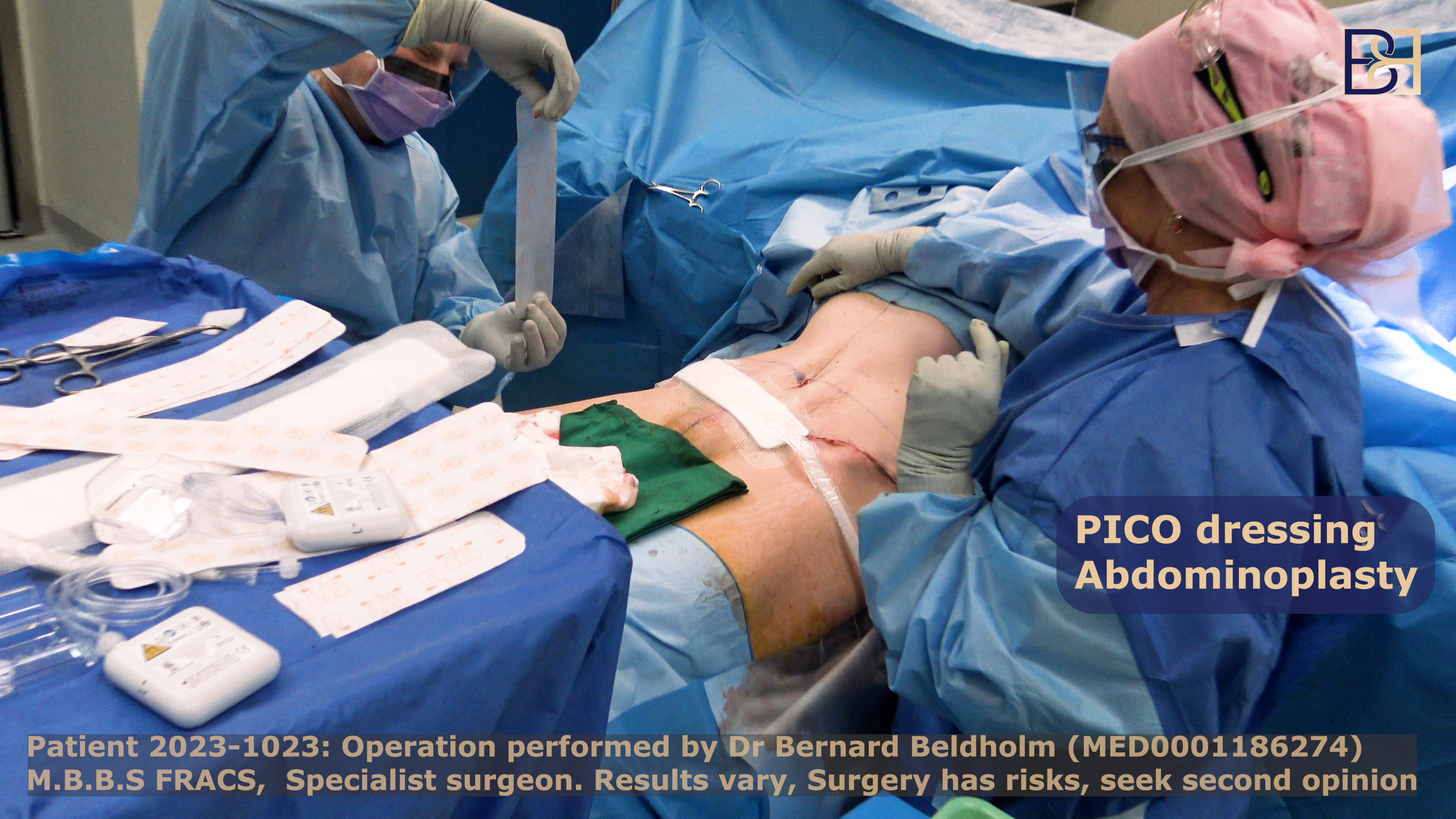
The negative pressure created is very effective, so I prefer using PICO dressings for almost all surgical procedures. I use them for chronic and acute wounds, burns, traumatic, closed surgical wounds, etc.
After your abdominoplasty procedure, I will carefully place PICO dressings on your incision wound. You will have them on for about seven days; however, this time may vary depending on our assessments or recommendations. The good news is that PICO systems are suitable for home care settings.

The Science Behind PICO Negative Pressure Therapy
PICO Pressure Therapy optimises tummy tuck (abdominoplasty) wound healing through innovative and advanced technology. The system utilises the featured sterile pump to create sub-atmospheric pressure, which promotes the formation of granulation tissue and reduces inflammatory discharge.
Features of the PICO 7 System
Sterile PICO pump powered by a small battery
AIRLOCK Technology Layer
PICO adhesive dressing
PICO Smart technology system
PICO Negative Wound Therapy system
I have also found the PICO 7 Negative Pressure Therapy system suitable for high-risk closed surgical incisions. This is because the PICO 7 system counters lateral tensile forces that might interfere with the incision, causing it to pull apart. Other benefits include promoting blood circulation, the formation of granulation tissue, and wound contraction.
As much as PICO dressings are effective, proper application is a must to promote wound healing. Proper placement ensures effective wound discharge, repair, and optimal blood flow. I must mention that PICO therapy systems vary, meaning they differ in fluid management, pressure settings, and therapy duration.

Why I Use PICO Negative Pressure Therapy for Abdominoplasty Incision Healing
Let me share with you some of the main reasons why I use PICO Negative Therapy systems for almost all my body contouring surgical procedures;
PICO systems effectively manipulate tissue, promote healing through proper wound discharge, increase blood circulation, and promote wound repair.
My analytics confirm that PICO dressings minimise surgical infections and complications compared to traditional wound dressing alternatives.
Portability: PICO Negative Pressure Therapy is a canister-free system that allows you to remain mobile as you recover.
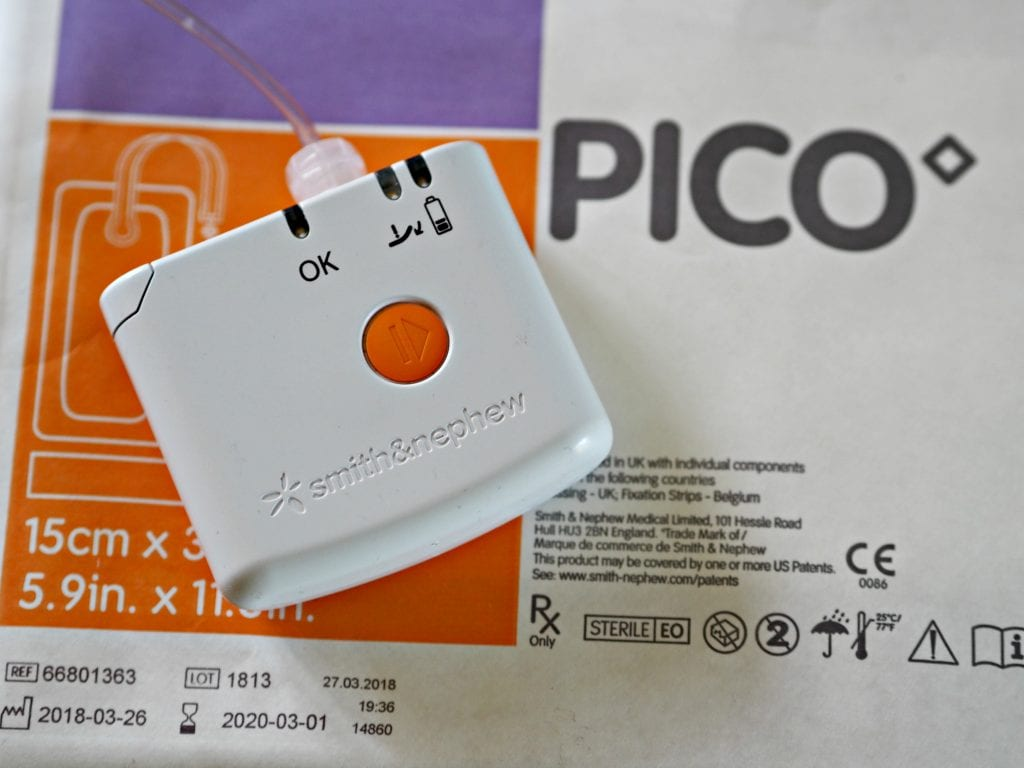
Download our short guide: “11 Important abdominoplasty techniques that you need to know about”
Benefits Of Using PICO Negative Pressure Therapy for Your Abdominoplasty Incision
After we apply PICO Negative pressure dressings on your tummy tuck (abdominoplasty) incision, you will notice some of the following benefits (some show instantly and others take a while);
Abdominoplasty Results
Proper Abdominoplasty wound healing results in a better-looking scar and overall results. We’ve established that the PICO pressure-negative system promotes abdominoplasty wound healing, reducing post-surgical complications that might interfere with your tummy tuck (abdominoplasty) surgery incision.
Reduced Swelling
If your abdominoplasty incision heals correctly and effectively, the swelling around the wound also reduces despite the wound types.
Effective Wound Discharge Management
PICO dressings are designed to ensure maximum excess fluid absorption and that your wound always stays dry.
Increased Blood Flow
The negative pressure exerted on the wound increases blood flow in the abdominal wall, enhancing tissue regeneration and promoting wound healing.
Drawbacks To Pico Negative Therapy for Abdominoplasty Incision Healing
PICO pressure negative systems have their downside, and some limitations of these advanced wound dressings include;
Higher Cost
The effectiveness and advanced features of PICO dressings come at a cost. They are more expensive compared to traditional methods. During our consultation, we will discuss some key factors affecting the cost of your abdominoplasty procedure in Newcastle.
Not Suited for All Patients
PICO negative pressure dressings are not suitable for everyone. I will have to assess your health and discuss your lifestyle to determine if it suits you.
PICO Wound Dressings Vs. Traditional Dressings
PICO negative pressure dressings outshine traditional options in almost every category. Let’s look at some of these key differences;
Timeline
Your PICO negative dressings will stay intact for one week, while traditional dressings may need frequent changes.
Cosmetic Outcomes
In my over 15 years of abdominoplasty experience, I have observed that PICO dressings are associated with better tummy tuck (abdominoplasty) results. They create the ideal wound-healing environment, leading to the formation of better-looking scars.
Speed of Wound Healing
PICO dressings outshine traditional options when it comes to wound healing. PICO systems increase blood circulation around the incision, promoting the formation of granulation tissues. Traditional dressings lack this property, leaving the body to heal on its own, leading to a longer recovery period.
Blood Circulation
This is the key property of PICO negative pressure wound healing dressings. They utilise the battery-powered vacuum pump to boost blood circulation in your delicate abdominal muscles.
Effectiveness on Deeper Wounds
I always recommend using PICO dressings for deep, irregular, or chronic wounds. Deeper wounds are more sensitive and delicate. They need the most effective healing environment to heal and reduce complications. PICO dressings create this ideal environment.
A study by the National Library of Medicine (NLB) shows that “NPWT would also be indicated for dehisced wounds, which can be acute or chronic wounds and often refractory to primary closure. This is because NPWT provides an interim measure to protect the wound bed and enable the resuscitation of the skin, which thereby increases the chances of subsequent successful wound closure.”
Versatility
PICO wound dressing options are versatile. Their advanced technology and features make them ideal for almost all body contouring surgeries, such as fleur-de-lis, body lift, breast lift, breast reduction, brachioplasty, thigh lift, and abdominoplasty.
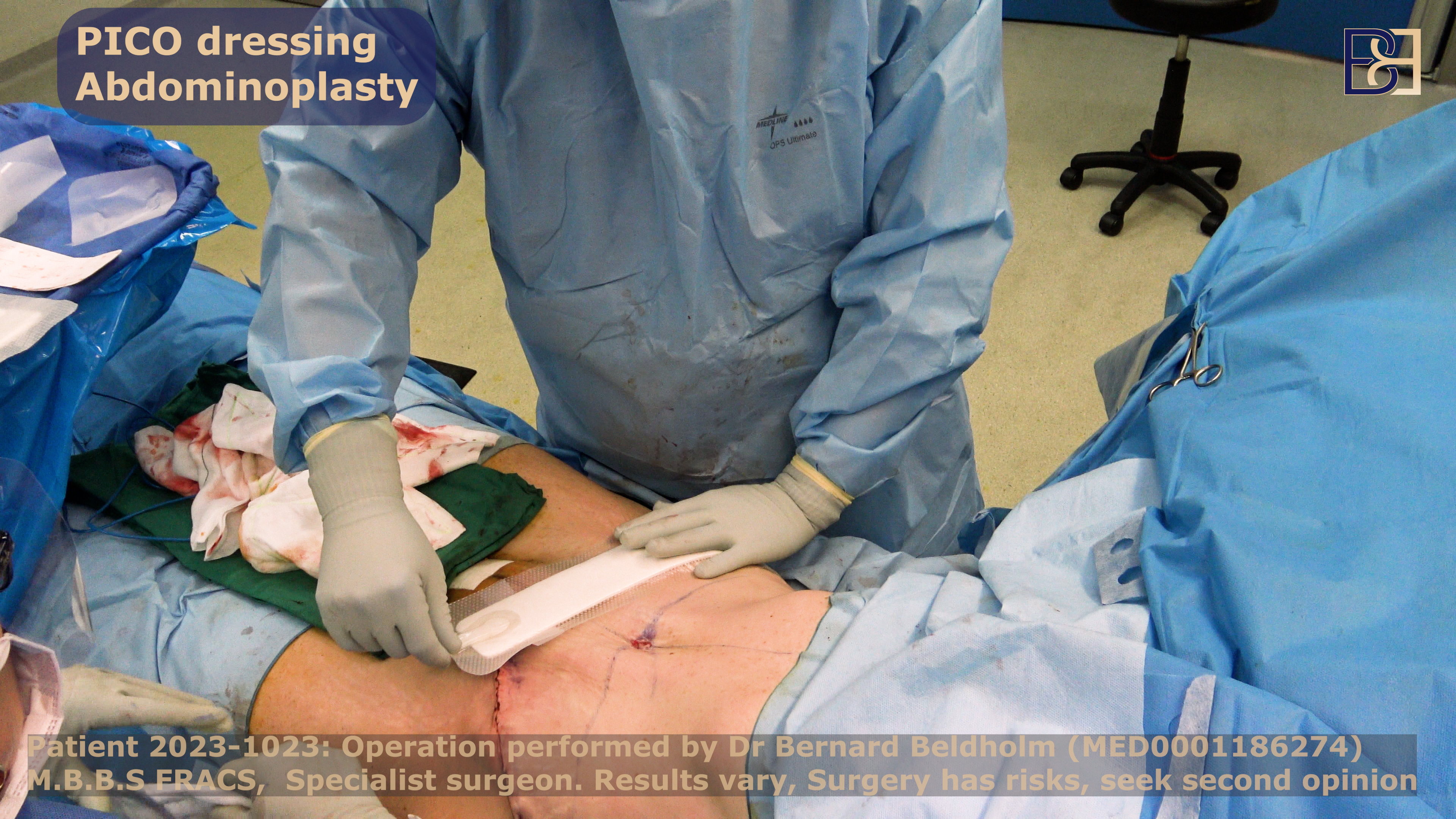
Infection Control
PICO technology creates the right conditions for any surgical incision wound to heal, making it better at reducing post-op complications and risks compared to traditional dressings.
Mobility
Negative pressure wound dressings are canister-free, reducing mobility restrictions. Traditional dressings, on the other hand, require canisters, limiting your mobility.
What is the Cost of PICO dressing?
The cost of PICO dressings varies depending on several factors, such as required size. The ideal size depends on the incision length made during your procedure for removing excess skin caused by significant weight loss and excess fat in your lower abdomen.
Procedures, like mini abdominoplasty are less invasive and require a smaller incision. This translates to the required PICO dressing costing less than that required for a more invasive procedure, such as fleur de lis.
Another factor that determines the cost is where you source the dressings. During our consultation session, I will guide you on the best approach regarding sourcing your PICO pressure-negative wound dressings.
Can I Remove My Own Pico Dressing?
I strongly advise against removing the PICO dressings I carefully placed after your abdominoplasty. This is because it is crucial to carefully remove to not damage the skin.
Removing PICO wound dressings follows a specific procedure, and you need someone with the expertise and experience to do it. For instance, I must ensure the vacuum pump is inactive and does not generate negative pressure before removing it.
According to an NLB study, “a thorough wound assessment must be carried out before applying negative pressure wound therapy to ensure no harm to the patient is incurred. For instance, any exposed vasculature or organ surfaces should immediately preclude the use of NPWT due to the serious risk of exsanguination secondary to erosive forces.”
FAQS
Below are some commonly asked questions I have come across regarding PICO Negative Pressure Wound Therapy.
Can Negative Wound Pressure Therapy be Done at Home?
Yes, however, you need assistance from someone with enough experience dealing with PICO negative pressure wound dressings. After your procedure, I will place the initial negative pressure wound dressings.
You can get a caregiver with enough training on PICO wound dressings to take care of you afterward. They will remove and replace your PICO dressings, administer pain medication, and monitor the progress of your incision wound. This is confirmed by a National Library of Medicine study which shows that “all medical personnel can implement negative pressure wound therapy, including physicians, podiatrists, wound care specialists, nurses, nurse practitioners, and physician assistants. However, specific training and a sufficient level of expertise must be obtained before the independent application of any NPWT dressings. This is due to the complex nature of the wounds, which may be refractory to other methods of wound management and therefore prone to further complications if the procedure is performed incorrectly.”
I recommend you seek assistance from a wound clinic. This is because your healthcare giver may lack essential or advanced equipment to replace the dressings and monitor your wound progress to prevent further complications.
Why does PICO Dressing Buzz?
The PICO dressing buzz indicates that the system is attempting to generate the required seal. As I fit your PICO wound dressing, you will notice that it begins to buzz. The buzz comes from the battery-powered vacuum pump, which is trying to create negative pressure.
Another thing you might notice is the green light flashing. This indicates that we have placed the sterile dressings correctly and your PICO wound dressing is working as intended.
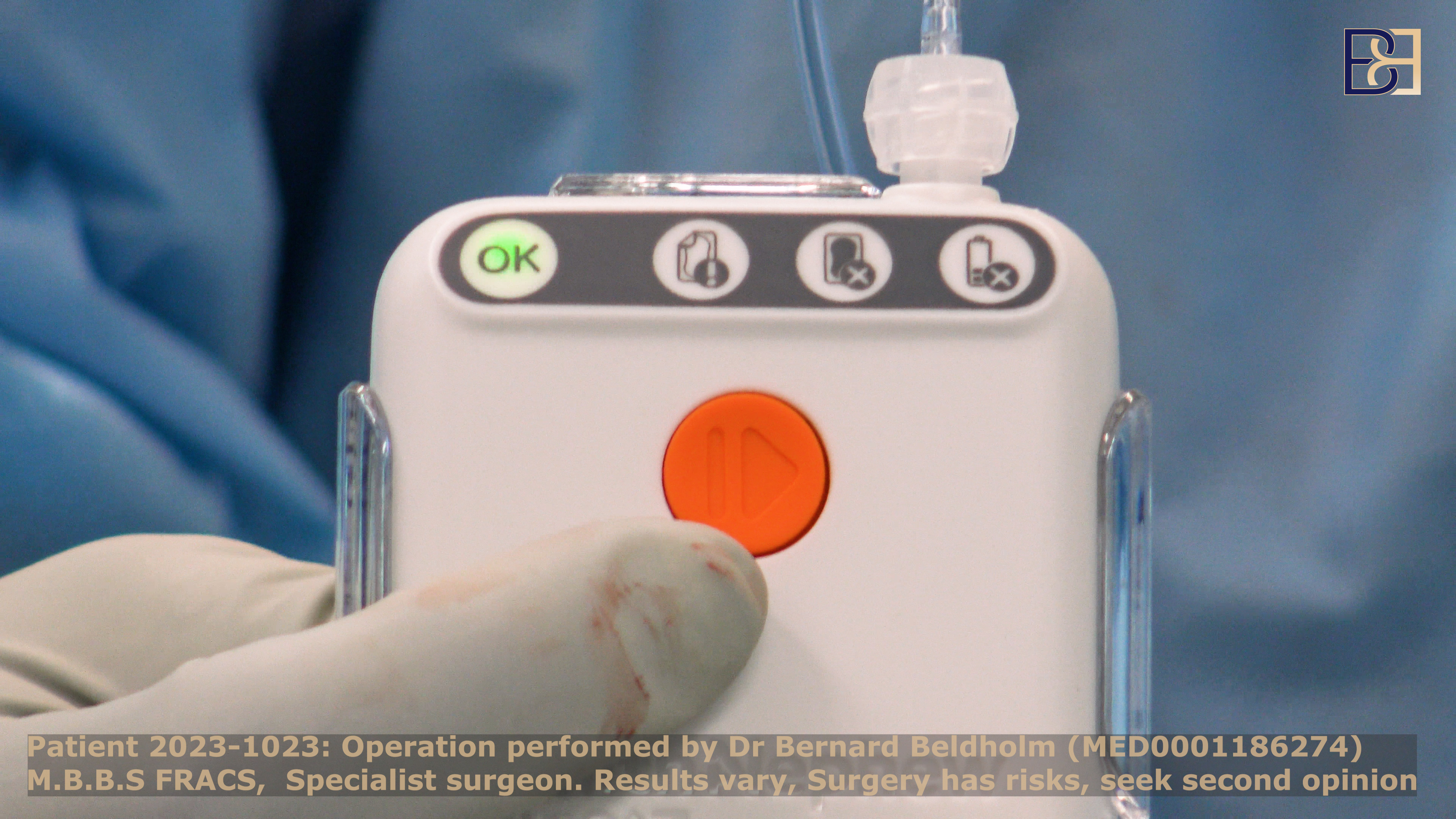
Can I Shower with a PICO 7 Dressing?
PICO wound dressings are water-resistant, which means you can maintain proper hygiene as you recover from your procedure. However, it is best to stick to bird baths or light showering to maintain the integrity of the system’s setup. Never expose your PICO dressing to direct water spray or submerge it in water.
I will provide a detailed guide on how to shower correctly with your PICO negative pressure wound dressings. For instance, I will show you how to store vacuum pump to prevent it from coming into contact with water.
How Long Does It Take for My Abdominoplasty Incision to Heal?
The incision from a tummy tuck (abdominoplasty) takes six to twelve months to heal, depending on the complexity of the procedure. Body contouring surgeries, such as mini abdominoplasty, require less healing time compared to extensive procedures, such as a standard abdominoplasty with liposuction. The main determinant is the incision length; the shorter the length, the shorter the healing time.
However, your incision will start to show progress after about two weeks. You will notice that most of the pain has gone away and you can slowly resume your normal routine.
I must mention that patients vary, and so does the healing time. Your priority should be taking good care of your incision area. I will also guide you on the best return-to-work formula after your abdominoplasty.

Dr. Beldholm’s Final Thoughts
After your tummy tuck (abdominoplasty) procedure, your top priority should be your incision wound. It has to heal effectively to reduce the chances of developing post-surgical risks and complications. We have touched on a few important PICO Negative Pressure properties. If you would like to continue our conversation, book a consultation session with me.
References
1. Nyman J, Acosta S, Monsen C, Hasselmann J, Rezk F, Andersson AC. Patients’ Experiences Using Closed Incision Negative Pressure Wound Therapy Dressing After Infra-Inguinal Vascular Surgery. J Patient Exp. 2022 Aug 15;9:23743735221112595.
2. Kim S, Kang SI. The effectiveness of negative-pressure wound therapy for wound healing after stoma reversal: a randomised control study (SR-PICO study). Trials. 2020 Jan 6;21(1):24.
3. Nuutila K, Broomhead M, Proppe K, Eriksson E. Study Comparing Platform Wound Dressing, a Negative-Pressure Device without a Filler, with Three Conventional Negative-Pressure Wound Therapy Systems in the Treatment of Excisional and Incisional Wounds. Plast Reconstr Surg. 2021 Jan 1;147(1):76-86.
4. Itani HE. Reviewing the benefits and harm of NPWT in the management of closed surgical incisions. Br J Community Nurs. 2015 Jun;Suppl Community Wound Care:S28, S30, S32-4.
5. Habboush Y, Yarrarapu SNS, Guzman N. Infection Control. 2023 Sep 4. In: StatPearls [Internet]. Treasure Island (FL): StatPearls Publishing; 2024 Jan–. PMID: 30085559.
6. Soh CL, Tafazal H. A novel use of PICO dressing with sterile sponge for the treatment of a deep ulcerated wound in a breast cancer patient undergoing chemotherapy. J Surg Case Rep. 2023 Apr 28;2023(4):rjad228.
7. Onderková A, Butler PEM, Kalavrezos N. The efficacy of negative-pressure wound therapy for head and neck wounds: A systematic review and update. Head Neck. 2023 Dec;45(12):3168-3179.
8. Obeid N, Sharma E, Dunstan M, Nisar P, Trivedi P, Madani R, Scott HJ, Trickett JP, Bearn PE, Thomas GP. Negative pressure therapy for stoma closure sites-a nonrandomised case control study. Int J Colorectal Dis. 2021 Jan;36(1):161-167.
9. Baxter H. Management of surgical wounds. Nurs Times. 2003 Apr 1-7;99(13):66-8. PMID: 12715565.
10. Flynn J, Choy A, Leavy K, Connolly L, Alards K, Ranasinha S, Tan PY. Negative Pressure Dressings (PICOTM) on Laparotomy Wounds Do Not Reduce Risk of Surgical Site Infection. Surg Infect (Larchmt). 2020 Apr;21(3):231-238

